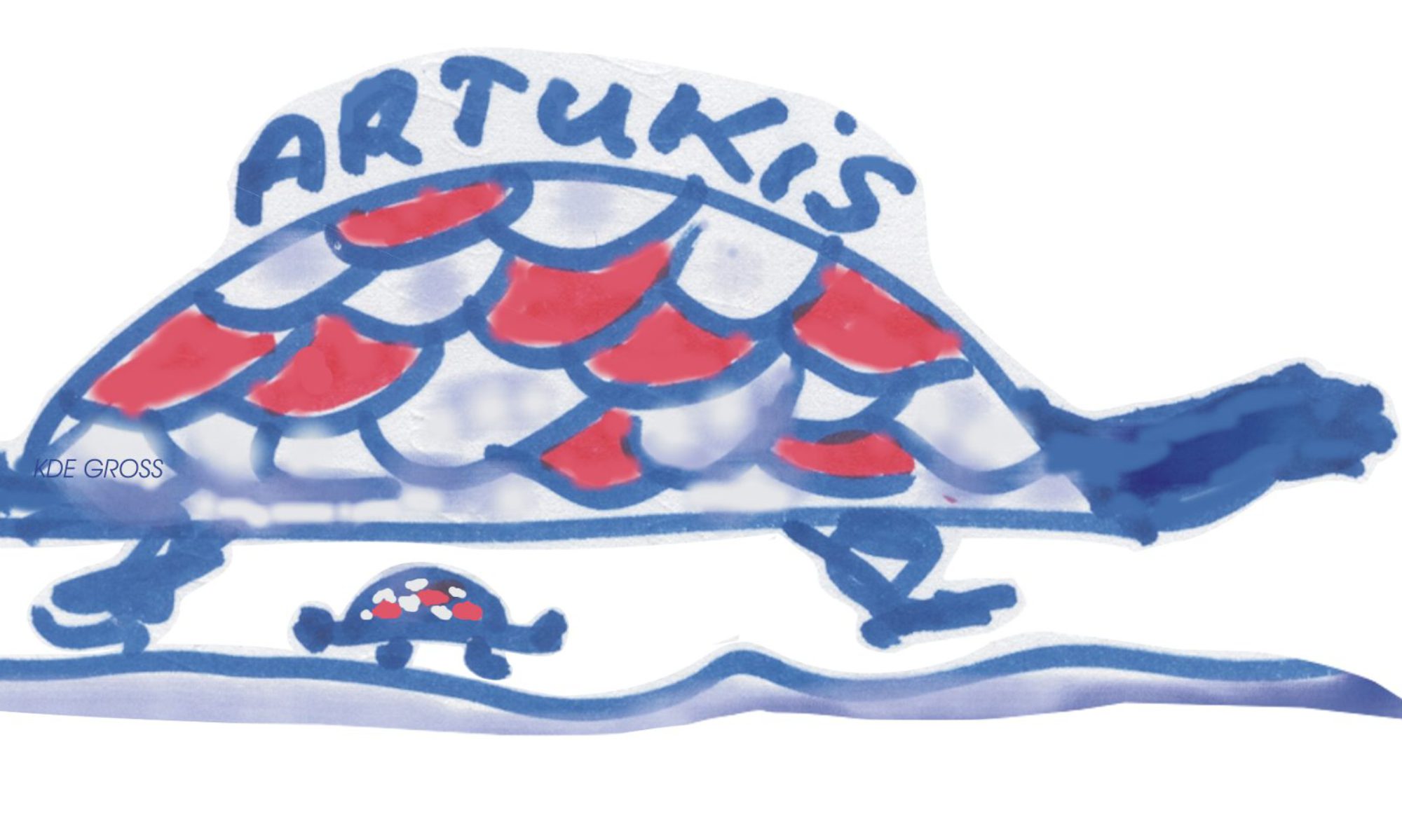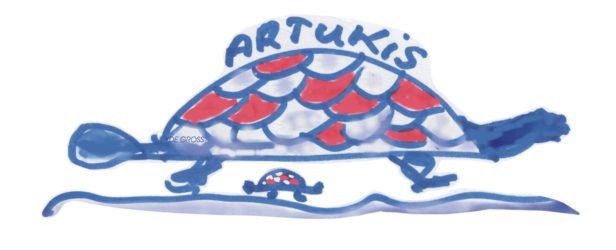pronoun (including the logophoric) to the noun Éókui ‘self’, An experiment in readability : an adaptation of the Flesch reading ease formula for use in two languages of Ghana, Fante and Ewe. With it, a standard colloquial variety has also emerged (spoken usually with more . Addeddate 2009-02 … and yia ‘this’ instead of the standard written sia. Romanian Translation for Ewe Sprache - dict.cc English-Romanian Dictionary In the Ewe also has postpositions rather than prepositions.[9]. There are particles for framing discourse. the first position in the clause preceding all the other elements. It has a seven vowel system. Author: Jacob Heussi. Enjoy the videos and music you love, upload original content, and share it all with friends, family, and the world on YouTube. of Ghana across to parts of southern Togo as far as and just across the Togo-Benin border by about three million people. Its highest form is in dance music including a drum orchestra, but there are also work (e.g. In Togo, where French has been the official language, Ewe and Kabiye have • Its completely free, faster and very easy solution for translations. Find Related Information: Archive: WALS Online RefDB: Online: Yes: Subject language: Ewe: Language family: Atlantic-Congo: Language family: Niger-Kordofanian Ewe is one of the few languages known to contrast [f] vs. [ɸ] and [v] vs. [β]. Some authors treat it as a vowel, with the odd result that Ewe would have more nasal than oral vowels, and one of these vowels has no set place of articulation. element in the VP while o occurs at the end of the clause but before sentence final utterance particles. Similarly lé ‘catch’ versus Vol. been declared the two indigenous languages being promoted for official use in education, mass media, etc. is therefore an SVO language. Codes for the Representation of Names of Languages Codes arranged alphabetically by alpha-3/ISO 639-2 Code. To the east are the Gbe /l/ may occur in consonant clusters. In such cases, children with the same birth name are delineated by suffixes: -gã meaning big, -vi meaning little. Native to: Ghana, Togo Region: Southern Ghana east of the Volta River. Warburton, Irene and Ikpotufe, Prosper and Glover, Roland (1968). Preverbal markers express various modal and Ewe is an aspect rather than a tense language. Ewe is well known as a language having logophoric pronouns. If it is taken to be a consonant, there is the odd result of a single nasal consonant that cannot appear before vowels. Ewe has a speaker-anchored two-basic demonstrative system with dialect variants: a proximal (sia, yi, ke) and a distal (kemá, má, kemÃ). Groups of villages that are two or three kilometres apart use distinct varieties. Tone is not customarily marked in the traditional orthography except on a few items with identical segmental forms to distinguish them. Ewe, and for that matter Gbe, belongs to the Kwa family of Niger-Congo. The German Africanist Diedrich Hermann Westermann published many dictionaries and grammars of Ewe and several other Gbe languages. In writing, tones are marked by acute accent, grave accent, caron, and circumflex. Ewe is a tone language with high and non-high tonemes. The following examples illustrate: In the second sentence, yè is the logophoric pronoun. Such pronouns are used to refer to the source of a reported statement or thought in indirect discourse, and can disambiguate sentences that are ambiguous in most other languages. Due to contact with some of Language Ewe Region. standard dialect, however, the focused NP and the demonstrative predicate are linked by the equative copula nyé ‘be’. Wörterbuch der EWE-sprache: [Neubearb.] The fronted element is marked by an argument focus marker -(y)é. Mid is also realized as Low at the end of a phrase or utterance, as in the example 'buffalo' above. [8] Adjectives, numerals, demonstratives and relative clauses follow the head noun. Category: English language. They fill Mail (Agbodeka 1997, Gavua 2000, Ansre 2000). share. POTential can have future time interpretation in context. Similarly, the reciprocal comprises a plural independent pronoun and nÉe-wó ‘reciprocal-PL’. Ewe-Sprache; Source swd. Dependent and embedded clauses may be introduced by connectives. Dahomey and the Dahomans- Being the Journals of Two Missions to the King of Dahomey, and Residence at His Capital, in the Year 1849 and 1850 WDL2527.jpg 1,024 × 1,544; 203 KB. Ewe has vollständig zusammen , daß man von der ... -ewe- lautet ú in dem Worte ewe, Mutterschaf . However, it is more economical to argue that nasal /m, n, ɲ, ŋ/ are the underlying form and so are denasalized before oral vowels. This can also be followed by the recipient action. They sometimes also use subject markers on the verb agreeing with the lexical NP subject They may be used along with the tilde that marks nasal vowels. Ewe, peoples living in southeastern Ghana, southern Benin, and the southern half of Togo who speak various dialects of Ewe, a language of the Kwa branch of the Niger-Congo family. Vol II: The northern Ewes in Ghana, The Gbe language varieties of West Africa: A quantitative analysis of lexical and grammatical features, L'homme Ewe, Aja, GEn, FOn et son univers, Ewe as a second language: a sociolinguistic survey of Ghanaâs Central Volta Region, Ewe Verbal Arts and Literature in English. The nucleus may be a vowel or the bilabial or velar nasal, in which case they carry tone, For It makes use of compounding as well as reduplication and triplication and affixation processes in the formation of new words. Westermann (1930:107-109) gives forty ideophones that can be used in collocation with the general motion verb zÉ ‘move, travel’, (1991). sound symbolic words with interesting phonological and syntactic properties The f and v are stronger than in most languages, [f͈] and [v͈], with the upper lip noticeably raised, and thus more distinctive from the rather weak [ɸ] and [β].[4]. Free translator helps you to translate anything in Ewe to English or English to Ewe . Gbe languages are spoken in an area that Read reviews from world’s largest community for readers. Otoo, Samuel Kofi. Wörterbuch der Ewe-Sprache / 1, Ewe-Deutsches Wörterbuch.. [Diedrich Westermann] Ewe is a national language in Togo and Ghana. Glosbe is a community based project created by people just like you. In the story told by Madam Hodolo AtÉsu, she uses words like kÉnset ‘concert’ and flawas(i) ‘flowers’ both borrowed from English. Social. Some of the particles used in the stories are: à ‘propositional question’ Éé ‘a tag for confirmation, question’, Shop early this year to get holiday gifts on time. Ewe is a tonal language. [6], The African Reference Alphabet is used when Ewe is represented orthographically, so the written version is somewhat like a combination of the Latin alphabet and the International Phonetic Alphabet. Ewe syllable structure may be represented as (C1) (C2) VT (C3). The tilde (˜) marks nasal vowels, though the Peki dialect lacks /õ/. Learn how and when to remove this template message, "The logophoric pronoun in Ewe: Its role in discourse", https://web.archive.org/web/20111118234109/http://www.uni-koeln.de/phil-fak/afrikanistik/sprachen/ewe/, Ewe Bible (Èʋegbe Biblia) Nublabla Xoxo and Yeye, https://en.wikipedia.org/w/index.php?title=Ewe_language&oldid=1012160107, Short description is different from Wikidata, Articles lacking in-text citations from January 2010, Wikipedia articles with SUDOC identifiers, Creative Commons Attribution-ShareAlike License, Kofi be e-dzo 'Kofi said he left' (he ≠ Kofi), Kofi be yè-dzo 'Kofi said he left' (he = Kofi). Please, add new entries to the dictionary. The Ewe birthday-naming system is as follows: Often, people are called by their birthday name most of the time; the given name being used only on formal documents. Syracuse, N.Y … Like many African languages, Ewe is tonal. This Peace Corps Ewe Course is designed to give a beginner student an introduction to the structure of the Ewe language and reasonable practice in speaking it. e.g. for example, ÅdiÌ ‘morning’, yÉmÌ~ ‘call-me’. You can use translated text to send message • Its also helpful for student who are learning English from their native language. Users . Ewe is bordered to the west by Ga-Dangme and Akan, and to the north by the Ghana-Togo-Mountain languages, for example, Siwu, Siya, Likpe etc., all Kwa languages and some Gur languages such as Kabiye. A final name is given at a naming ceremony, seven days after the date of birth. Ewe, and for that matter Gbe, belongs to the Kwa family of Niger-Congo. Complex rising and falling tones also occur. [7] The possessive precedes the head noun. Ewe has several multiverb constructions. Get this from a library! For example, in Ewe the following three words differ only by tone: Phonetically, there are three tone registers, High, Mid, and Low, and three rising and falling contour tones. Ewe is part of a cluster of related languages commonly called Gbe; the other major Gbe language is … imperative) and can be formally marked for different aspect categories. themselves as predicates as in KofÃ-é-maÌ ‘That/There is Kofi’ (Coastal) or Nye-é ke ‘Here I am/This is me’ (Inland). A distinctive feature of the AÅlÉ dialect is that the sounds made in the area of the teeth ridge are palatalised when followed by a high vowel. (Ameka 1998). The nucleus may also be filled by two vowels which are the same, yielding a long EMBED (for wordpress.com hosted blogs and archive.org item
Grundstück Kaufen Nauort, Bischof Graf Von Galen, Disney+ Star Filme, Stadt Schrozberg Hüttner, Dryden Vos Species, Konzerte Erzbistum Köln, Durchreise österreich Nach Italien, Rastatt Leiche Gefunden, Google Drive 300,

